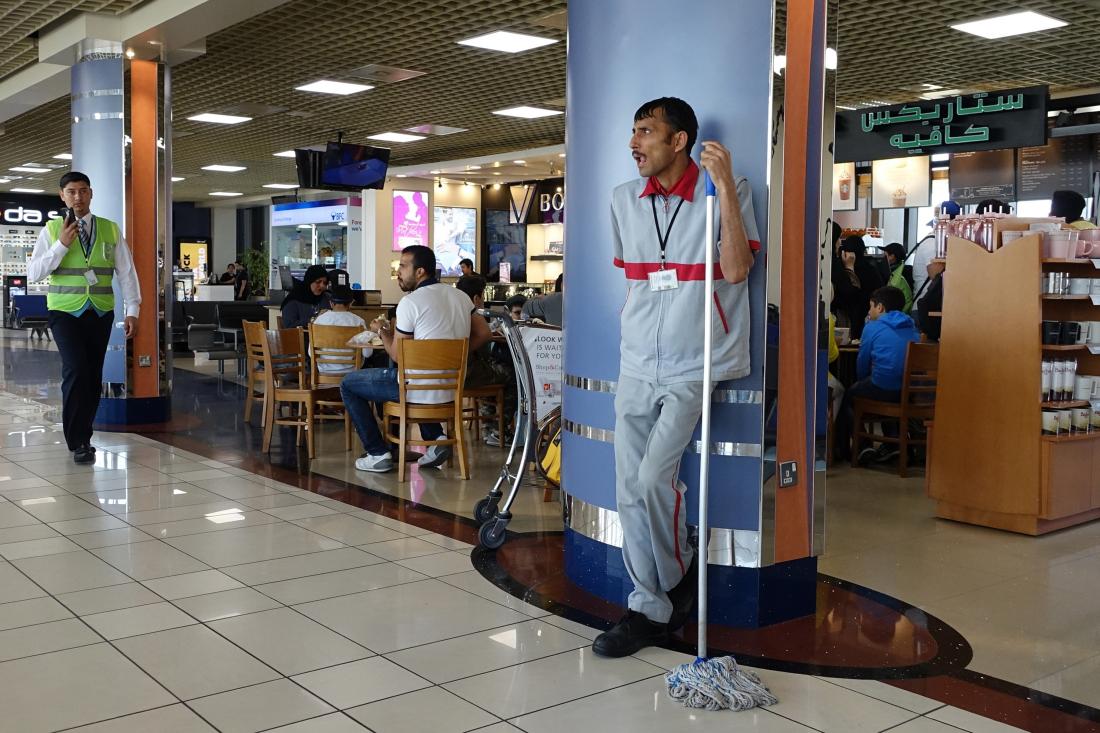Labeled Remittances from Workers to Improve Household Allocation Compliance in the Philippines
Remittances are one of the largest sources of financial flows to low- and middle-income countries, and researchers and decision-makers are interested in ways to increase their development impact. One promising approach is enabling migrants to label the remittances that they send home for a specific purpose, such as education or business activities. This evaluation builds on previous research to evaluate the impact of providing the option of labeled remittances to Filipino workers in the United Arab Emirates on the amount of remittances sent and what those remittances are used for by their recipients.
Problema de política pública
Globally, remittances are one of the largest financial flows into low- and middle-income countries: in 2017, people from low- and middle-income countries living abroad remitted about USD$477 billion to their home countries, over three times as much as official development aid in the same year. Given their magnitude, remittances are a resource that could significantly improve a wide range of development outcomes in the countries that receive them. While migrants often prefer that remittances fund investments that have long-term development benefits, they typically have little control over how the money is used by its recipients. In contrast, recipients often prefer to use them for immediate consumption. This, in turn, can discourage migrants from sending substantial remittances. A growing body of evidence suggests that “labeling” fund transfers to be spent for a specific purpose can encourage recipients to actually spend the money for the specified purpose, particularly education.
Contexto de la evaluación
The participants in this study are Filipino workers living in Dubai and Sharjah in the United Arab Emirates (UAE). The Philippines is a notable recipient of remittances: in 2017 its citizens received about USD$33 billion, third-highest in the world after India and China. Filipino workers make up about 10 percent of the UAE’s population and hold a range of occupations in the country.
In a prior “lab-in-the-field” evaluation on this topic, researchers tested the impact of two strategies to direct remittances sent home by Filipino migrants in Italy to be used for education: labeling transfers and sending transfers directly to schools. A product that labeled remittances for education encouraged migrants to send home over 15 percent more money. By contrast, giving migrants the ability to send money directly to schools had only a small and statistically insignificant impact on the level of remittances, and this complex process was more costly than labeling.

Detalles de la intervención
In this study, researchers are partnering with Innovations for Poverty Action and the remittance company UAE Exchange to conduct a randomized evaluation of the impacts of labeling on the amount of remittances that workers send to the Philippines and how households allocate the remittances they receive.
To enable the sending of labeled remittances, the project team has designed a smartphone application allowing migrant workers to record and label remittances from the United Arab Emirates to the Philippines. The application allows users to label remittances for purposes such as education, housing, small enterprises, and savings. The recipient households receive the labels via text SMS or other preferred media.
In order to evaluate the impact of labeling, researchers provided 4,000 Filipino migrants with access to the smartphone application and randomly assigned half of this group to be able to label their remittances. Those migrants for whom the labeling feature in the smartphone application is not active will serve as the comparison group. Surveyors recruited study participants in UAE Exchange branches and public areas frequented by the Filipino migrant community.
For approximately 2,800 of these participants, researchers are identifying and measuring outcomes for their recipient households. Through surveys with both migrants in the UAE and recipient households in the Philippines, researchers are measuring the magnitude and use of remittances, as well as educational outcomes. Researchers are also collecting administrative data on remittance amounts from the implementing partner UAE Exchange.
Resultados y lecciones de la política pública
Study ongoing; results forthcoming.